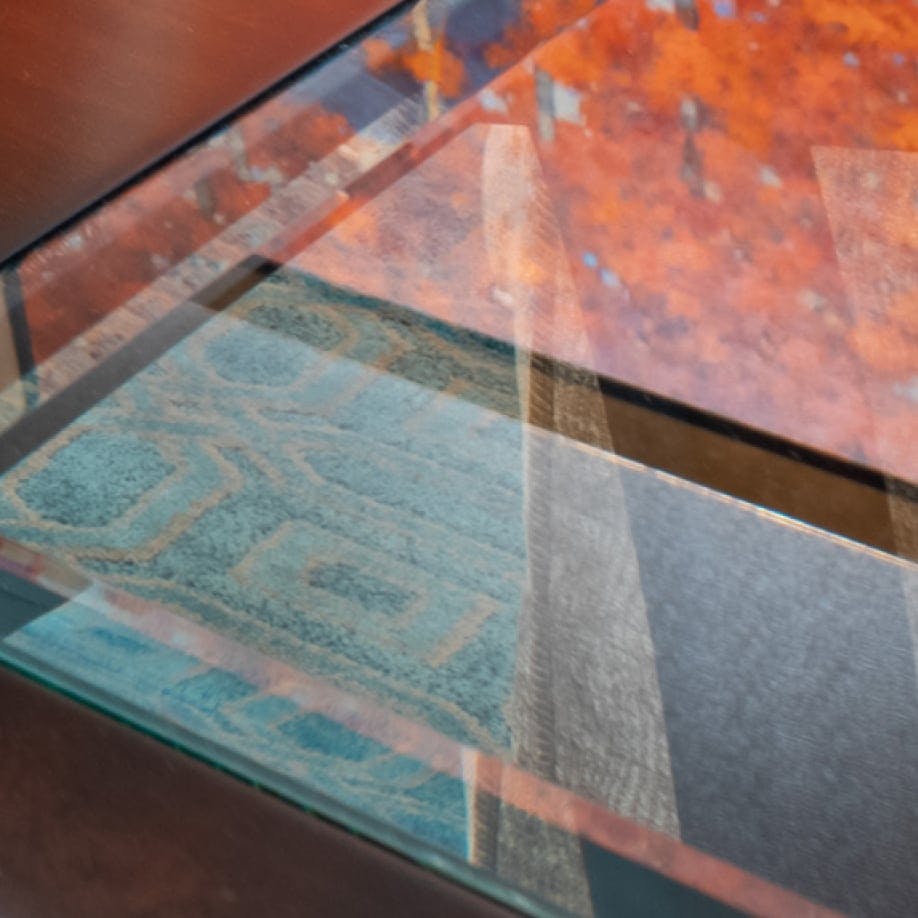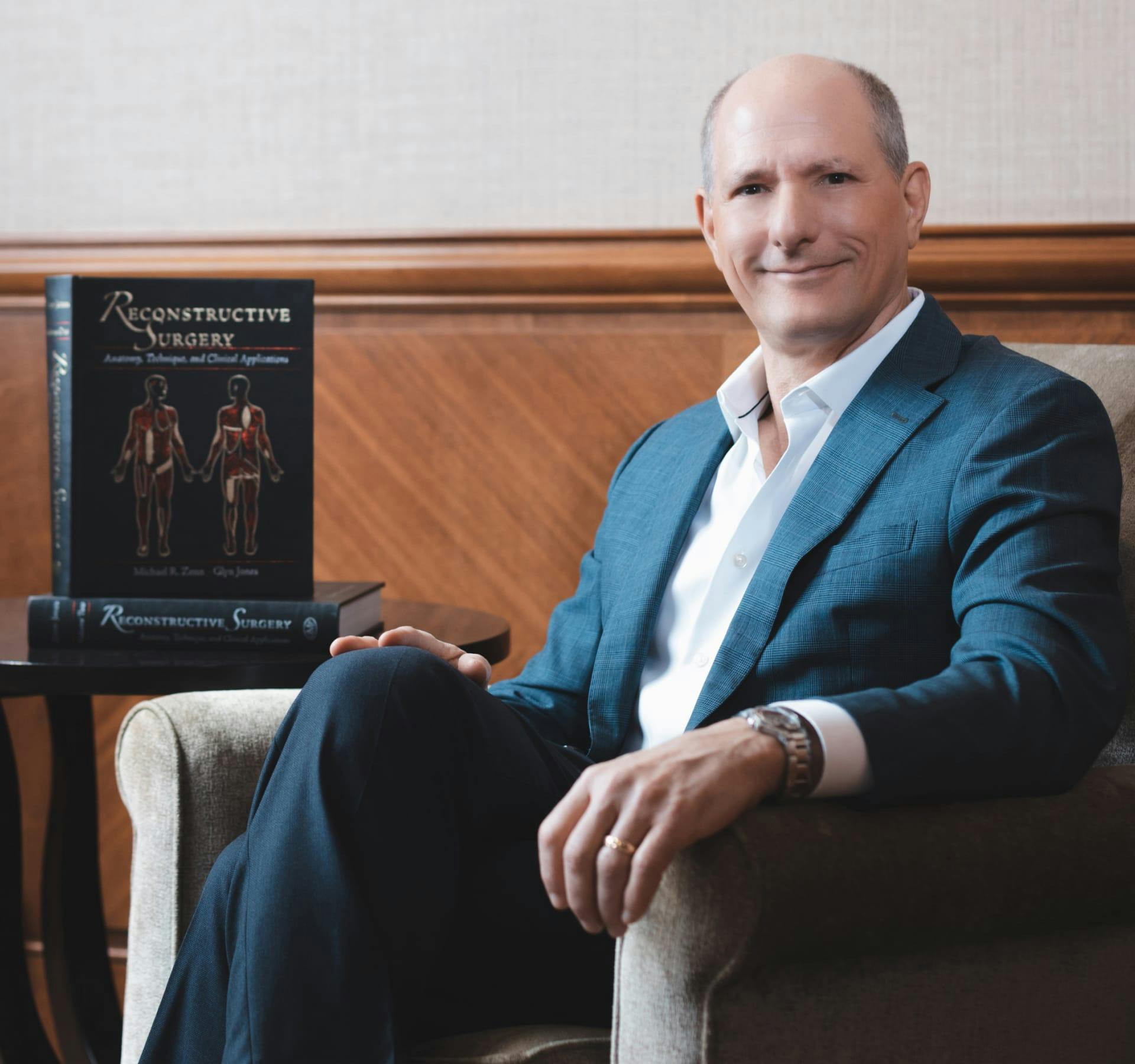Sometimes Touch Ups Are Necessary
Many patients are very happy with their breast augmentations. However, changes in weight, pregnancies, and general aging typically cause breasts to lose their initial shape and beauty. These changes can negatively impact the once-great results of the initial breast augmentation.
Other patients are unhappy with the results of their breast augmentation from the start. Often these patients see Dr. Zenn if their original surgeon is unwilling or unable to give them the result they desire. Breast augmentation revision can correct problems with existing implants.















